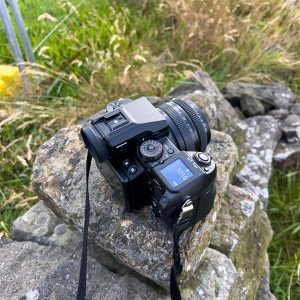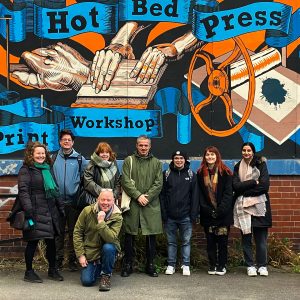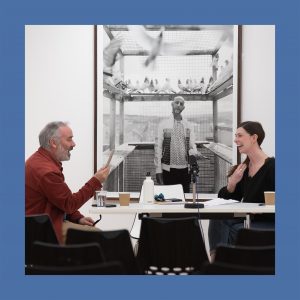
Joshua Turner’s ‘Float like a feather, sink like a stone’
Turner is a photographic practitioner based in the North West of England, who uses photography to explore and contemplate the relationship between the land and the individual. In an ongoing practice, he uses books and prints to gather ideas into bodies of work that are simultaneously concerned with existential ideas and personal interactions. Want to know more? Find out here!








